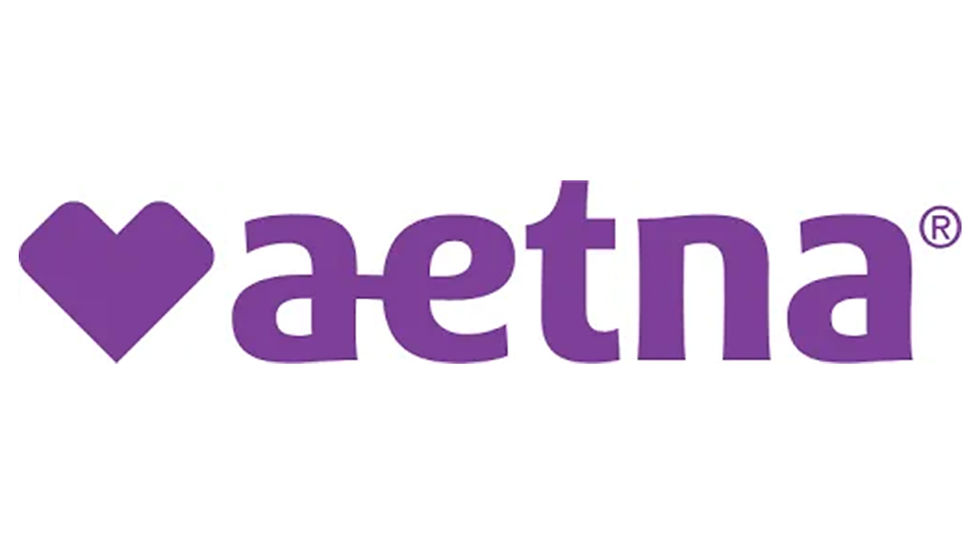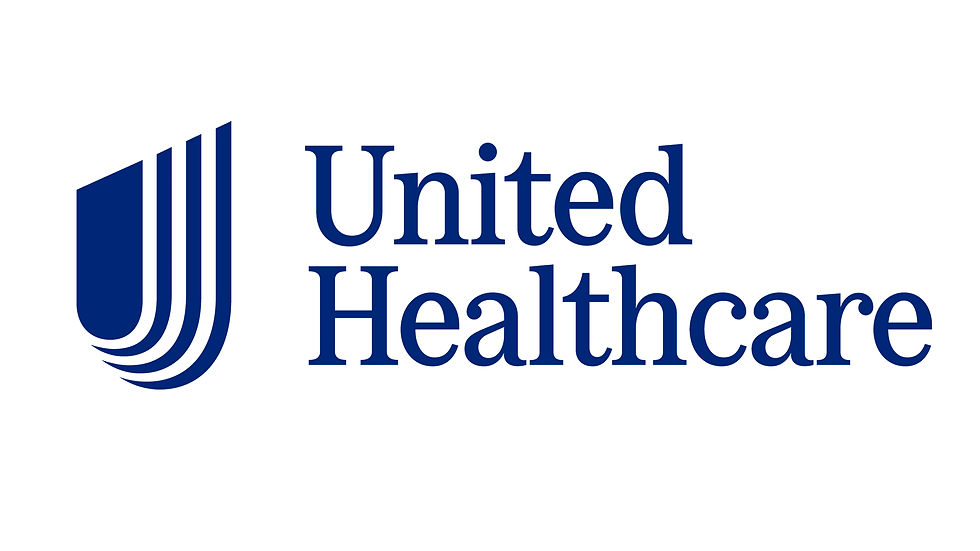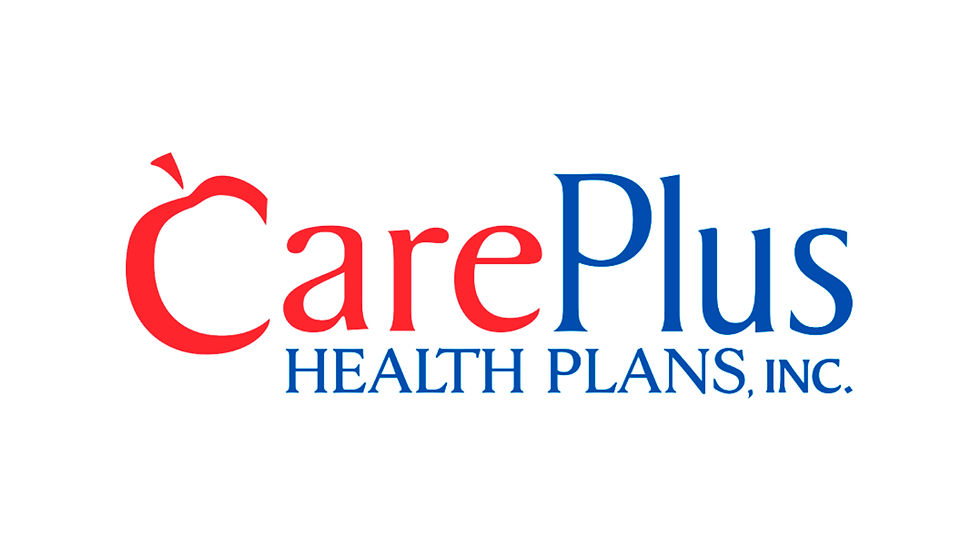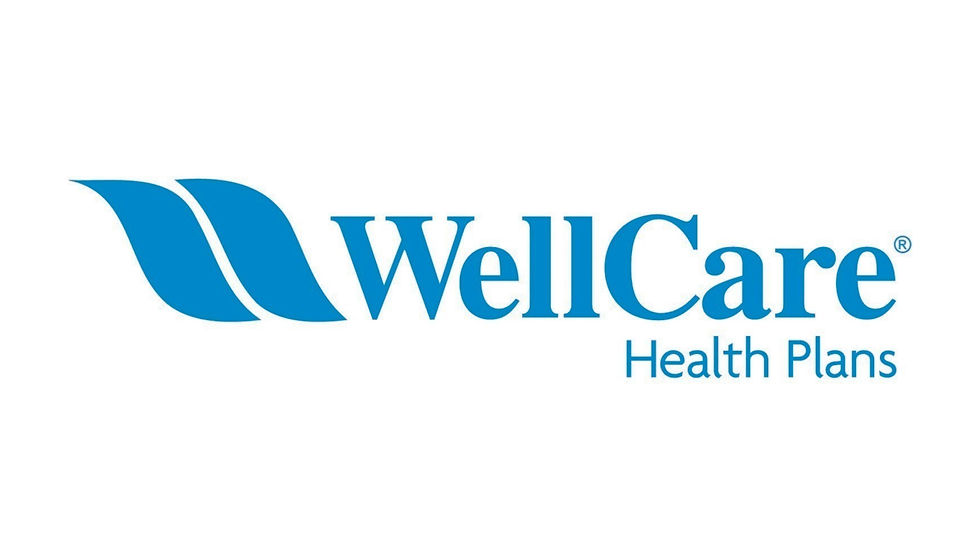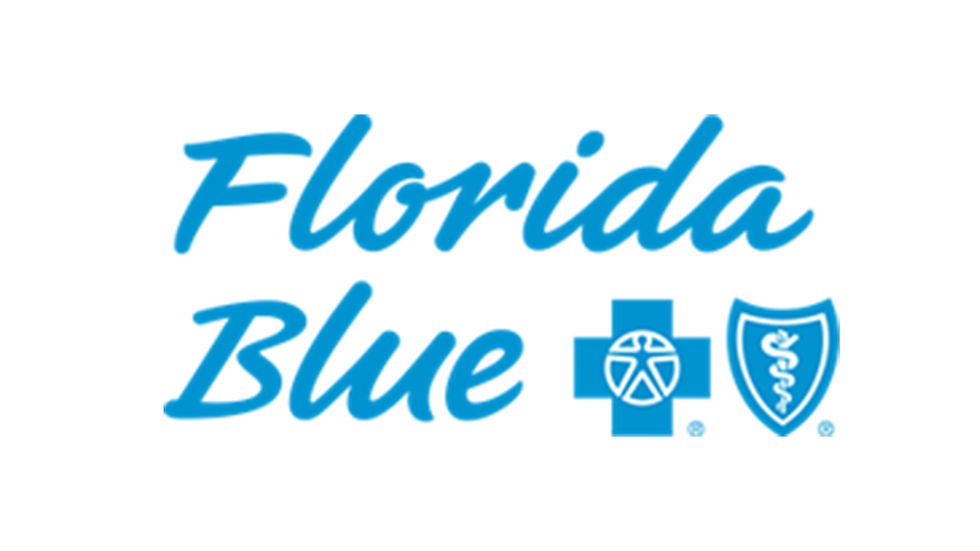Medicare
Get answers to your Medicare and Medicaid question from some of the most knowledgeable agents in Florida




Are you approaching the age of 65 and thinking about your Medicare options?
Understanding the ins and outs of Medicare may be complex but crucial for making the right decisions about your healthcare coverage. Whether you are just turning 65 or already have Medicare but looking to explore additional coverage options - you have come to the right place. The Medicare Agents at Pinnacle Insurance are some of the most knowledgeable in Florida. Our office is conveniently located in Broward County in the City of Coral Springs but our agents can also come to you. This website provides you with some information about Medicare and hope that it will help you understand the basic knowledge of how it works.
For more details about Medicare and Medicaid contact us by calling:
954-306-3333
Some of our Medicare Partners includes: Humana, Aetna, United Healthcare, Care Plus, Devoted, Wellcare, Florida Blue
What is Medicare?
Medicare is a federally funded health insurance program in the United States designed for individuals aged 65 and older. It also covers certain younger individuals with disabilities. Medicare is divided into several parts, each covering specific healthcare services.
Medicare Part A: Hospital Insurance
Medicare Part B: Medical Insurance
Medicare Part C: Medicare Advantage Plans
Medicare Part D: Prescription Drug Coverage
What does Medicare Part A, B, C and D means?
Medicare Part A: Hospital Insurance
Medicare part A covers inpatient hospital stays, skilled nursing facility care, hospice care, and some home health care.
Medicare Part B: Medical Insurance
Medicare part B covers outpatient care, doctor's services, preventive services, and some home health care.
Medicare Part C: Medicare Advantage Plans
Medicare part C is a private health plans that combine coverage from Part A and Part B and often include additional benefits such as vision and dental coverage.
Medicare Part D: Prescription Drug Coverage
Medicare part D provides prescription drug coverage and is offered through private insurance companies.
Medicare Enrollment
Enrolling in Medicare is an important step, and understanding when and how to enroll is crucial.
Initial Enrollment Period (IEP)
Starts three months before you turn 65 and lasts for seven months (three months before, the month of, and three months after your birthday month).
General Enrollment Period (GEP)
If you miss your IEP, you can enroll during the GEP, which runs from January 1 to March 31 each year. However, late enrollment may result in penalties.
Special Enrollment Period (SEP)
Available for those who qualify due to certain life events, such as retirement or loss of employer-sponsored coverage.
How to sign up for Medicare in Florida
Making informed decisions about your Medicare coverage is essential for ensuring that you receive the right coverage, and the agents at Pinnacle Insurance are committed to helping you do so.
Call 954-306-3333 for personalized guidance and to get the latest Medicare and Medicaid updates.

